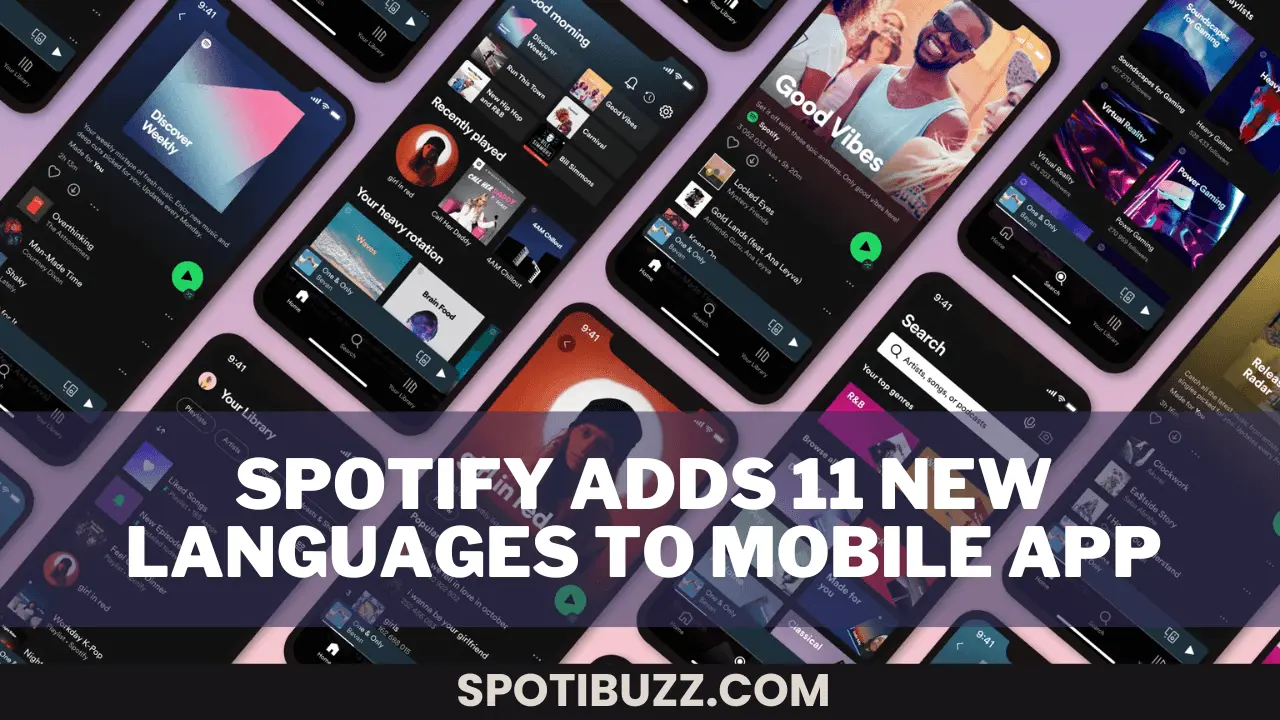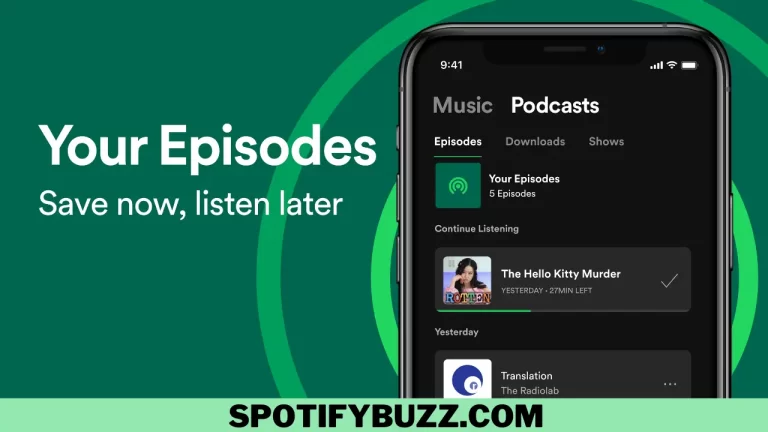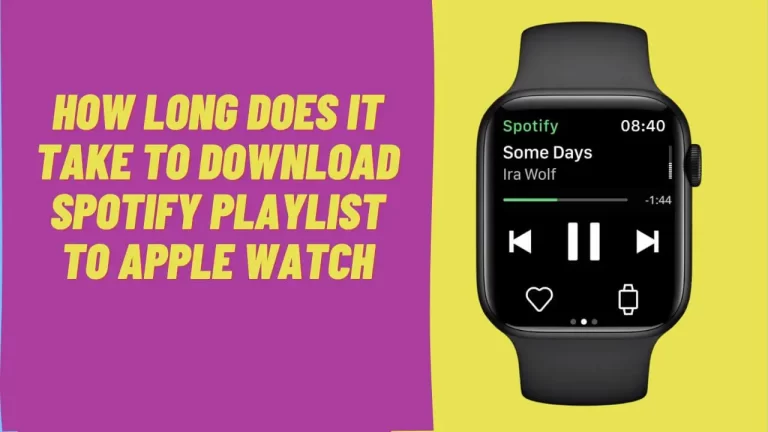Spotify Adds 11 New Languages To Mobile App: A multilingual update
Do you have a passion for different languages and cultures, or do you have a great passion for your native language? Do you like to listen to music in your native language? If yes, then you are lucky because Spotify adds 11 new languages to mobile app. So, the app will be more accessible and diversely used worldwide. As we know, Spotify is the world’s largest music streaming service, but the language difference may cause some hurdles in the progress of a music app. But the app crossed this barrier, and Spotify adds 11 new languages to mobile app. Spotify is available in over 80 countries, and the app already has about 60 languages access. Still, now it will add 11 more languages, that’s a plus over other music streaming services. Let’s explore all the details regarding these languages.
Spotify New Languages
Spotify adds 11 new languages to mobile app, and as we discussed earlier, the app already has been supporting over 60 languages, bringing the total languages 74. Here are the details of the new languages:
Spanish for Argentina and Mexico
These are two of the largest Spanish-speaking markets in Latin America, where Spotify has a strong presence and a diverse music scene. According to Statista, there are about 121 million speakers of Spanish in Mexico and 45 million in Argentina.
Traditional Chinese for Hong Kong
This variant of Chinese uses complex characters and is spoken by about 7 million people in Hong Kong, a special administrative region of China. Hong Kong has a rich cultural heritage and a vibrant entertainment industry.
Arabic for Egypt, Morocco, and Saudi Arabia
These are three of the most populous and influential Arab countries in the Middle East and North Africa, with a combined population of about 180 million. They have a long history of music and art and a growing demand for streaming services. Arabic is spoken by about 420 million people worldwide.
Basque
This is a language isolate unrelated to any other known language and is spoken by about 700,000 people in the Basque Country, a region that spans parts of Spain and France. Basque has a unique identity, culture, and a thriving music scene.
Bosnian
This is a South Slavic language spoken by about 2.5 million people in Bosnia and Herzegovina, a Southeast European country. Bosnian has a rich literary tradition and a diverse musical heritage.
English for the United Kingdom
This is a variant of English that about 67 million people speak in the United Kingdom, a sovereign state of England, Scotland, Wales, and Northern Ireland. The UK has a global influence in music, culture, and media.
Galician
This Romance language is closely related to Portuguese and is spoken by about 2.4 million people in Galicia, an autonomous community in northwestern Spain. Galician has a distinctive identity and culture and a vibrant musical expression.
Macedonian
This is a South Slavic language spoken by about 2 million people in North Macedonia, a Southeast European country. Macedonian has a rich linguistic diversity and a varied musical landscape.
Spotify Adds 11 New Languages To Mobile App – Reasons
What is the reason that Spotify adds 11 new languages to mobile app? Some of the benefits it brings to the users, the artists, and the company are:
- It makes the service more accessible and inclusive for millions of users worldwide who can now use Spotify in their native or local tongue. This enhances their user experience and satisfaction, as well as their engagement and loyalty.
- It fosters more connections and interactions between creators and listeners who can now discover and enjoy music from different countries and cultures. This increases the diversity and richness of Spotify’s music catalog and the exposure and revenue for artists.
- It expands Spotify’s reach and growth potential in new and existing markets where language barriers may have limited its adoption or penetration. This strengthens Spotify’s competitive advantage and leadership position in the global music streaming industry.
While Spotify adds 11 new languages to mobile app, it comes across several challenges, such as:
- It required a lot of research, testing, and localization to ensure that the new languages were accurate, relevant, and culturally appropriate for each market. Spotify had to work with local teams, experts, and partners to achieve this.
- It involved a lot of technical complexity and coordination to implement the new languages across different platforms, devices, and features. Spotify had to ensure the new languages were compatible and consistent with its existing infrastructure and functionality.
- It demanded a lot of communication and education to inform and encourage users and artists to use the new languages on Spotify’s mobile app. To achieve this, Spotify had to create and distribute marketing campaigns, tutorials, and support materials.

How To Use The New Language On Spotify?
Spotify adds 11 new languages to mobile app for its user’s convenience, so let’s explore how you can use the new language on Spotify:
Change the language settings
To change the language of your Spotify app, you need to change the language settings on your device. Depending on your device, you may need to go to Settings > General > Language & Region or Settings > System > Languages & Input. Then, select one of the 11 new languages that Spotify supports and confirm your choice.
Find and play songs in different languages
you can use the Search feature and type keywords or genres related to the language you want to listen to. For example, you can search for “K-pop” to find Korean songs, “Reggaeton” to find Spanish songs, or “Bollywood” to find Hindi songs. You can also browse through the Browse or Home sections and look for playlists or podcasts curated for different languages or regions. For example, you can find playlists like “Top Hits Argentina,” “Hong Kong Indie,” or “Arab X.” You can also follow artists or users who create or share music in different languages.
Discover new music from different cultures.
To discover new music from different cultures, you can use the Discover Weekly, Release Radar, or Daily Mix features that Spotify provides based on your listening history and preferences. These features will recommend songs that match your taste and mood and introduce you to new artists and genres from different countries and cultures. You can also use the Radio feature and create stations based on your favorite songs, artists, or genres. This will allow you to explore similar or related music from different languages or regions.
Final Analysis
Spotify adds 11 new languages to mobile app to increase the accessibility of the app to users worldwide without any language barrier. This multilingual update reflects Spotify’s commitment to building a truly borderless audio ecosystem. By adding these new languages, Spotify aims to enhance the user experience and satisfaction, foster more connections and interactions between creators and listeners, and expand its reach and growth potential in new and existing markets. If you are one of the millions of users who can now use Spotify in your native or local tongue, or if you are curious to explore music from different countries and cultures, we invite you to try out the new languages on Spotify’s mobile app.







